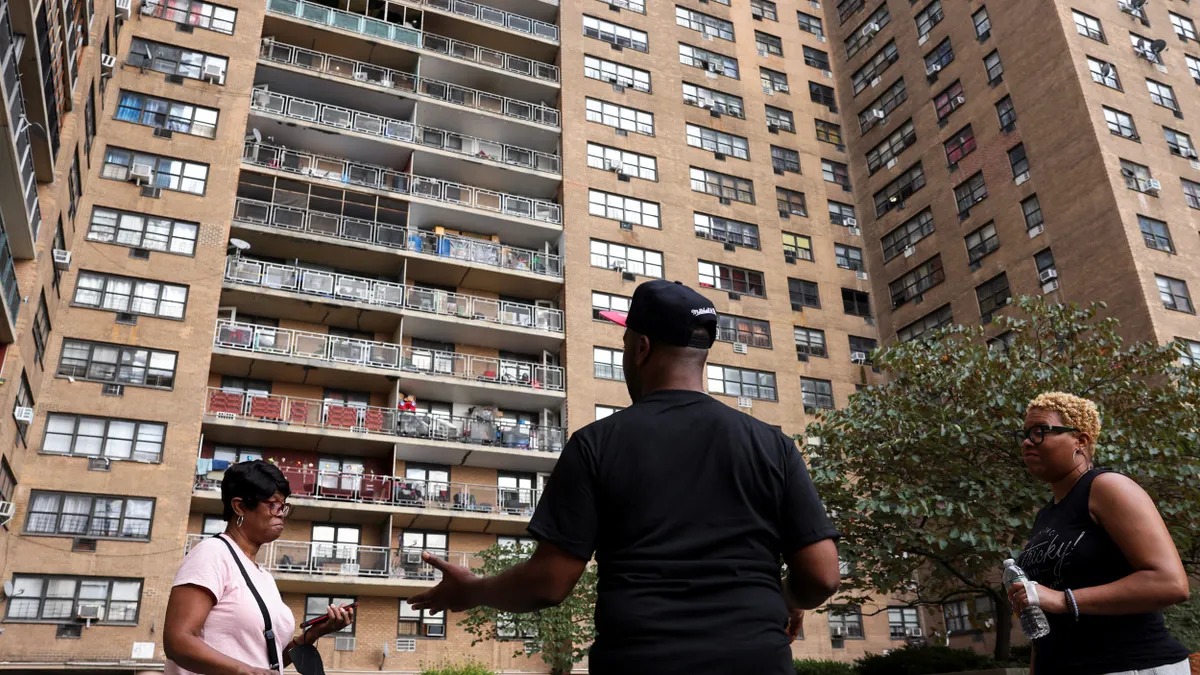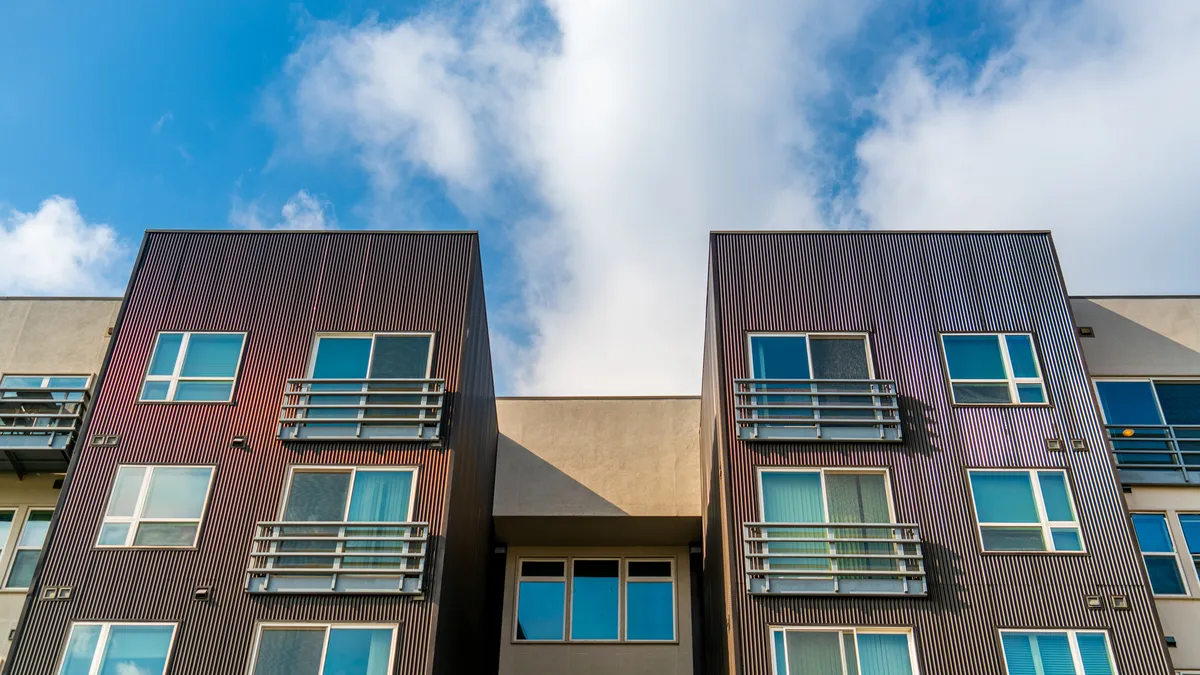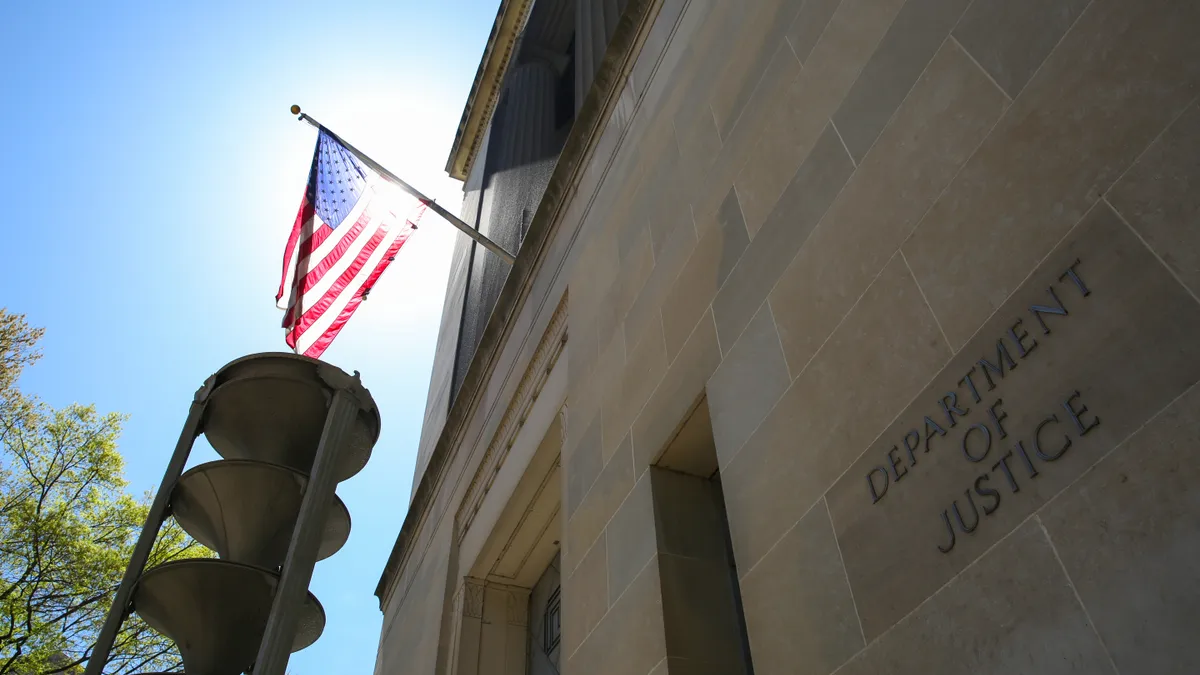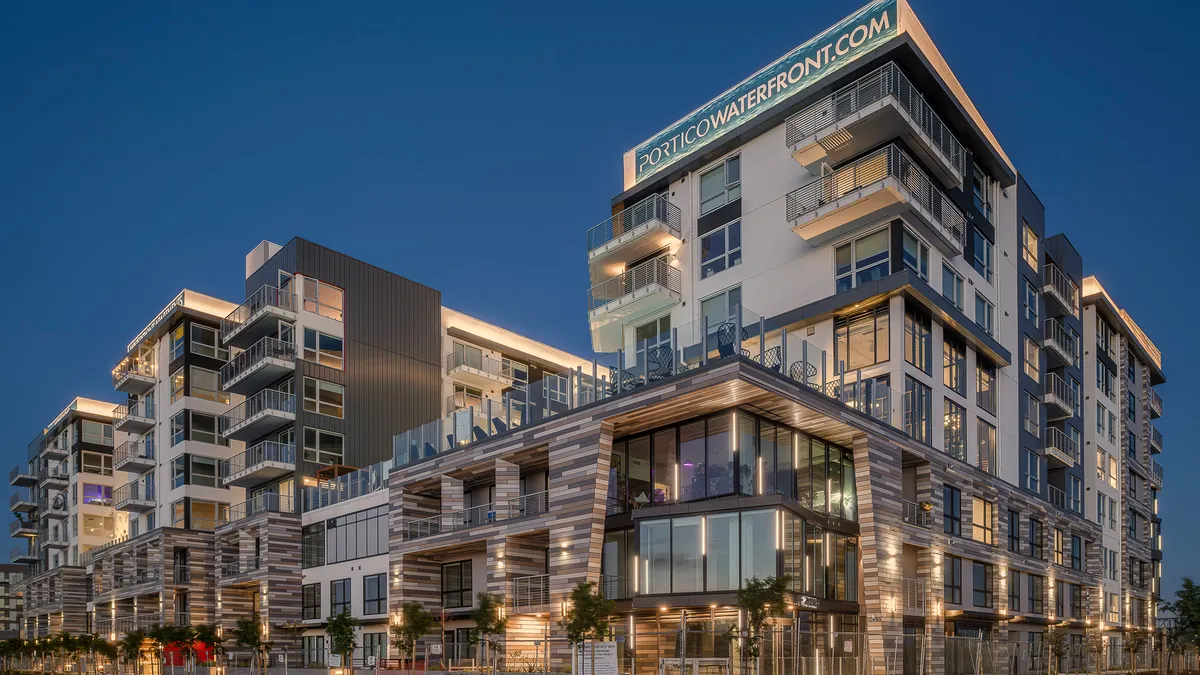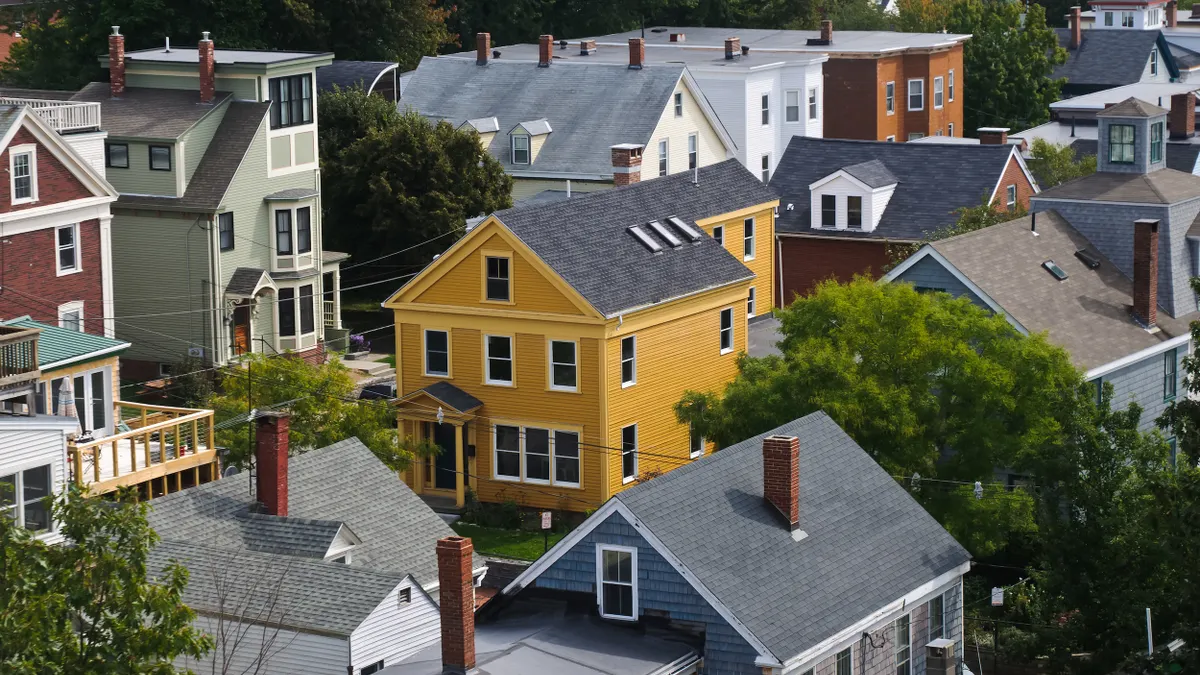This is the first in a series of three articles examining local policies that give tenants a right to cooling equipment.
Lately, the city of Dallas has been hearing from local leaders across the U.S. and as far as London, England, said Rosana Savcic, a division manager in the city’s code compliance department. What has caught their attention? A city policy that took effect in 2017 requiring landlords to provide working air conditioning equipment.
More cities are looking into establishing a renter’s right to cooling equipment as climate change drives record-breaking temperatures across the world. Such rules codify tenants’ right to housing that can be cooled to a specific maximum indoor temperature, a number that varies from jurisdiction to jurisdiction. Tenants may still be on the hook for their energy bills, however.
Right now, cities that require landlords to provide AC systems are the exception, not the rule, says V. Kelly Turner, a heat policy researcher and associate director of the University of California, Los Angeles’ Luskin Center for Innovation.
That may be changing. Montgomery County, Maryland, passed a first-in-the-region law in 2020 requiring many landlords to provide AC equipment capable of cooling units to at least 80 degrees Fahrenheit from June through September. A 2022 Chicago law requires some large residential buildings or buildings for older people to provide AC in common spaces when the outdoor heat index exceeds 80 F. A New Orleans rule went into effect this year mandating AC equipment that can cool bedrooms to at least 80 F.
“What we’re learning is we have to develop policies specific to the issue of heat.”

Ashley Ward
Director of Duke University’s Heat Policy Innovation Hub
In New York City’s sustainability plan, the nation’s largest city indicates its intention to develop a summer indoor maximum temperature policy by 2030. In July, a NYC council member introduced legislation that would require landlords to provide AC equipment in the summer. Los Angeles County officials are in the early stages of developing a similar policy.
The case for cooling
The trend toward cooling requirements is part of a broader recognition that climate change necessitates new protections and policies, experts say.
“What we're learning is we have to develop policies specific to the issue of heat,” said Ashley Ward, director of Duke University’s Heat Policy Innovation Hub. In addition to rental cooling standards, heat-specific policy needs include worker protections and universal cooling for schools and prisons, Ward notes.
The major challenge proponents of rental cooling standards need to overcome, Ward says, is the public perception that air conditioning is a luxury, not a necessity. That perception “is why we can justify not having air conditioning in prisons. Forty percent of our schools in the U.S. have inadequate HVAC,” Ward said. But as heat records get broken again and again, and heat-related deaths escalate, proponents see policymaker attitudes shifting.
Limitations of right-to-cooling policies
While rental cooling standards may be a step toward addressing urban heat impacts on residents, these policies aren’t perfect solutions, Ward said.
Even if lower-income renters have AC equipment, they might not turn it on for fear of high energy bills. That’s why some experts have urged states and cities to complement rental cooling standards with utility bill assistance programs that take cooling needs into account. States typically use much more of the federal Low Income Home Energy Assistance Program to help people with heating rather than cooling bills. And while the need for support is growing, the pot of available LIHEAP funding shrank from $6.1 billion in fiscal year 2023 to $4.1 billion in fiscal year 2024, according to a June report from the National Energy Assistance Directors Association and Center for Energy Poverty and Climate.
Cities need to start monitoring low-income households’ ability to pay for cooling, Turner said in an email. That data could build a case for better supporting cooling through subsidy programs like LIHEAP.
Utilities can also help make cooling more affordable, explained Gregory Pierce, research and co-executive director of UCLA’s Luskin Center and an associate professor of urban planning. State public utilities commissions can play a big role in imposing or encouraging utility-run energy affordability programs, but cities can pitch in on the effort, too, such as by collaborating with utilities on programs that make baseline amounts of energy more affordable for people, Turner said.
Tiered payment programs, for example, charge those who use a lot of electricity a higher rate than those who use less. Hotter weather, however, might mean those tiers need to be adjusted, so that the most affordable tier accounts for the amount of energy needed to cool the typical home, Pierce said.
“Not a lot of utilities have, I think, adjusted those tiers accordingly yet to account for AC, much less electrification,” he said.
Any equity-oriented program must involve listening to community members about their specific struggles, Turner added. “There may be solutions we don’t even know to think about because we need to hear from those that would be facing those tough choices,” such as between turning on the AC and putting food on the table, she said.
Rental cooling standards also present other challenges. Cash-strapped landlords may struggle to undertake complex, expensive retrofits. Waste heat that AC equipment generates increases the urban heat island effect, and adding cooling equipment to buildings can drive up greenhouse gas emissions — although heat pumps allow building owners to simultaneously offer cooling and potentially replace fossil fuel-powered HVAC equipment.
How low should cities go?
Then there’s the question of what cities should set as the maximum temperature in rental housing. Dallas’ rule requires AC equipment that can keep rooms at least 15 degrees cooler than the outdoor temperature, with a maximum temperature threshold of 85 F. That means that even if it’s 105 degrees outside, rental housing must be equipped to stay at 85 F or cooler.
Ward thinks cities should set the maximum temperature lower. She cites 73 F as the threshold for a good night’s sleep and recovery. She recommends cities set a maximum temperature around 76 F, since fans can help bring the temperature down another couple of degrees.
"Can we get something on the books to at least give people a fighting chance of having a safe thermal environment?"

V. Kelly Turner
Associate director of the University of California, Los Angeles’ Luskin Center for Innovation
However, over-debating the exact maximum temperature can stifle productive policymaking, Turner warned. She said she’d rather set the maximum temperature at 80 F and start a conversation about what it will take to implement the policy, including developing a complaint-reporting process and finding funding.
“To some degree, the question isn’t, ‘Can we get exactly [the right] temperature?’ The question is, ‘Can we get something on the books to at least give people a fighting chance of having a safe thermal environment?’” she said. “Once we do that, we can start to tinker.”



